The UK has been a world leader in aviation for more than a century.
From the first transatlantic flight to the development of supersonic travel with Concorde, the country has been at the forefront of innovation and technology.
And, due to our location in the north, Scots heading for destinations abroad for holidays and business are reliant on flights to get them there quickly.
As an island nation, aviation has allowed Britain to enjoy unrivalled connectivity with global destinations, benefiting businesses and passengers from every corner of the UK.
Why it’s absolutely vital we retain our air links to London Heathrow
At the heart of this connectivity sits Heathrow – 81 million passengers and £188 billion-worth of cargo a year passed through the London airport before Covid hit these shores.
Visitors travelling through Heathrow spend hundreds of millions of pounds annually in towns and cities throughout the UK.
John Holland-Kaye, chief executive at the airport, said: “Our unrivalled global links to the world’s growth markets mean we are the biggest port in the UK. Our domestic route network connects the nations and regions of the UK to global growth and strengthens the fabric of the union.
“This was made apparent through the summer of 2022 as we visited businesses from every region that relied on Heathrow’s connectivity.
“From shortbread bakers in Scotland and marmalade makers in Wales, to tea growers in the south-west and fire extinguisher manufacturers in the east of England, our airport provides the means by which they can export all around the world.
“These businesses create local jobs and boost economic growth, supporting the prosperity of towns and communities across the country.”
Aviation ‘ a force for good in the world’
The airports in Aberdeen and Inverness both have regular services to and from Heathrow.
Mr Holland-Kaye said: “Aviation is a force for good in the world, lifting millions of people out of poverty through trade and tourism.
“But these social and economic benefits cannot come at any cost. Climate change is an existential threat to aviation and the planet, and our industry must play its part by taking fossil fuel carbon out of flying.”
Heathrow’s CEO said his airport was taking the lead to decarbonise aviation.
He added: “We have worked with others across the industry to develop a plan to do so and are taking action in our own airport, reflected in our sustainability strategy – Heathrow 2.0: Connecting People and Planet.
“Through Heathrow 2.0, we have focused on the changes we want to make this decade to put us firmly on the path to achieving net-zero by 2050.
“We will deliver change that will make Heathrow a better, healthier place to live and work.
“We have set challenging goals to cut carbon emissions from flying by up to 15% and by at least 45% from airport operations on the ground by 2030. Our goal is for 2019 to be the year of ‘peak carbon’ from Heathrow, even with a third runway in the future.”
Heathrow matters to all of the UK, providing more than 200-one stop connections from different parts of the country to the rest of the world.
Meanwhile, it’s been a much busier year for the airport team in Aberdeen
Bosses at Aberdeen International Airport (AIA) have reported a busy 2023 following the pandemic, which hit the global aviation industry hard.
AIA operations director Mark Beveridge said: “The outlook has been much more positive this year, with around 2.3 million passengers expected to come through.
“While there is a lot to look forward to, there is no escaping the challenge we have to restore connectivity that our airport spent decades building and the region relies so heavily on.
“It is why we have continued to work with organisations like Aberdeen and Grampian Chamber of Commerce, and asked the business community to feed into our air connectivity survey.”
Mr Beveridge added: “Our airport is here to serve the north-east and make the national and international connections which help our regions and people prosper.
“Airports are always good barometers of how the wider economy is faring.
“What we have seen is some uncertainty around energy transition and policy impacting the wider region. Despite this, we continue to work on a regional focus with partners like VisitAberdeenshire to provide a better tourist experience.”
What we need is for people to support the airport so we can, in turn, support growth of the region.”
Mark Beveridge, Aberdeen International Airport
Establishing new route connectivity is important, he said, adding: “We are in constant dialogue with our airline partners to look at adding further destinations.
“We continually invest in the airport. What we need is for people to support the airport so we can, in turn, support growth of the region.
“Sustainability will also be hugely central to our future growth. New technologies currently under development, like hydrogen and electric aircraft mean there is a lot to be excited about with advanced air mobility. We’ll continue to invest in our infrastructure to meet these future demands as part of our sustainability strategy.”
Airport takes delivery of greener fuel
Last autumn AIA welcomed its first commercial delivery of sustainable aviation fuel (SAF). It came from Air BP, a division of energy giant BP and one of the world’s leading suppliers of aviation fuel products and services.
The SAF is being blended with traditional jet fuel for Bristow helicopter flights to BP’s UK North Sea operations.
Produced from sustainable feedstocks such as used cooking oil, SAF is said to deliver up to 80% fewer lifecycle carbon emissions than the traditional jet fuel it replaces.
It is expected to play a major role in making “jet-zero” aviation a reality.
Pioneering move for BP in the North Sea
BP was the first North Sea operator to voluntarily commit to an ongoing supply of SAF for its North Sea flights, helping to decarbonise transport to its offshore operations.
Hailing the “important’ move last October, Mr Beveridge said: “SAF has the potential to significantly reduce UK aviation emissions. BP’s decision to make SAF commercially available at Aberdeen is a significant moment.
“There is a real opportunity for Aberdeen to help drive a domestic SAF industry here in the UK and, in doing so, support the decarbonisation of oil and gas sector transport.”
In 2021 Bristow completed one of the first SAF-powered flights in UK waters, flying an S-92 helicopter from Aberdeen to installations operated by BP.
At the time of the SAF announcement last year, Yasmin McCulloch, aviation operations lead at BP, said: “We are strong advocates of the use of SAF in the aviation industry.
“We believe its adoption is an important element in achieving the industry’s aim of net-zero carbon emissions by 2050.”
Bristow UK director Matt Rhodes said there was a huge opportunity for SAF to become the fuel of choice for future North Sea oil and gas flights.
The then Scottish transport minister Jenny Gilruth said the increased use of SAF would be an essential stepping stone towards Scotland’s aviation sector hitting net-zero.
She added: “The use of these fuels is expected to rise significantly in the coming years and could bring significant economic opportunities for Scotland.”
Meanwhile, it was announced earlier this month that a hydrogen-powered plane capable of flying from London to Rome had completed its first piloted journey.
It is expected to pave the way for zero-carbon routes across Europe.
The aircraft, which was developed by German company H2FLY, runs on liquid hydrogen, which generates power for the electric motors turning its propeller.
Liquid hydrogen is far lighter than batteries and needs smaller tanks than gaseous hydrogen – potentially giving aircraft a much greater range and more space for passengers and cargo.
Plane makers and engine developers such as Rolls-Royce and Airbus have already tested aircraft powered by gaseous hydrogen.
H2FLY said the use of liquid hydrogen doubled the range of its aircraft to nearly 1,000 miles, compared with using gaseous hydrogen.
Josef Kallo, co-founder of the company, added: “Together with our partners, we have demonstrated the viability of liquid hydrogen to support medium and long-range emissions-free flight.
“We are now looking ahead to scaling up our technology for regional aircraft and other applications, beginning the critical mission of decarbonising commercial aviation.”
Flights lasting up to three hours have taken place at a testing facility in Slovenia.
Airbus and Rolls-Royce working on hydrogen-powered flights too
H2FLY said: “In just a few years hydrogen-electric aircraft are expected to be able to transport 40 passengers at a time over distances of up to 1,240 miles.”
Airbus is developing new hydrogen-powered aircraft, with the aim of entering commercial service from 2035.
And engineering giant Rolls-Royce has already shown hydrogen can power a jet engine following successful ground tests in 2022.
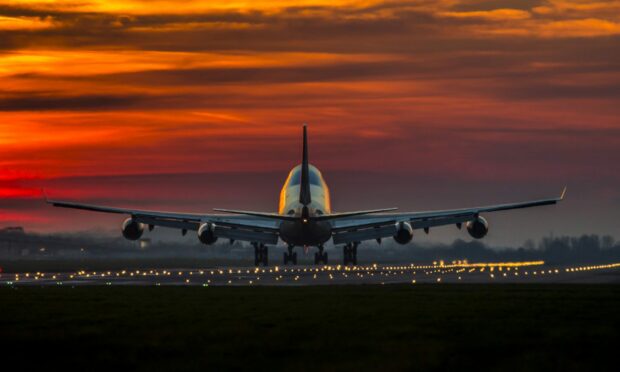
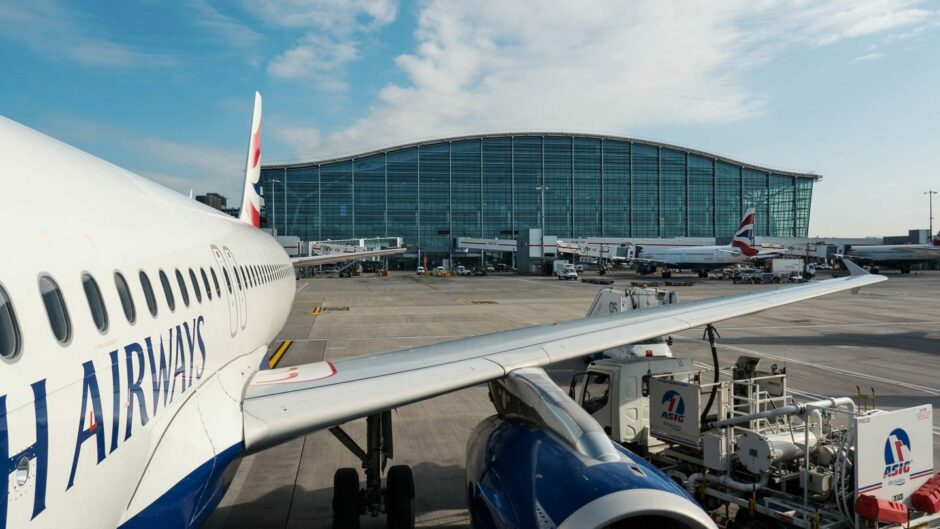
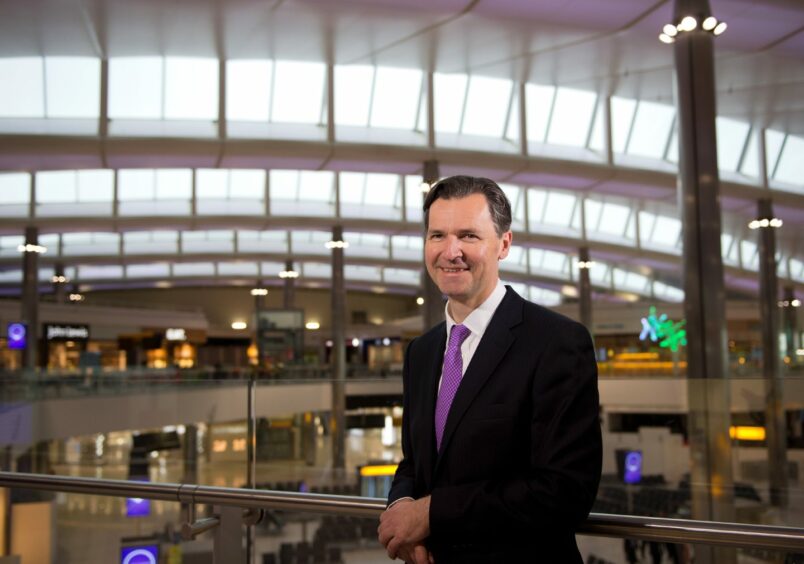
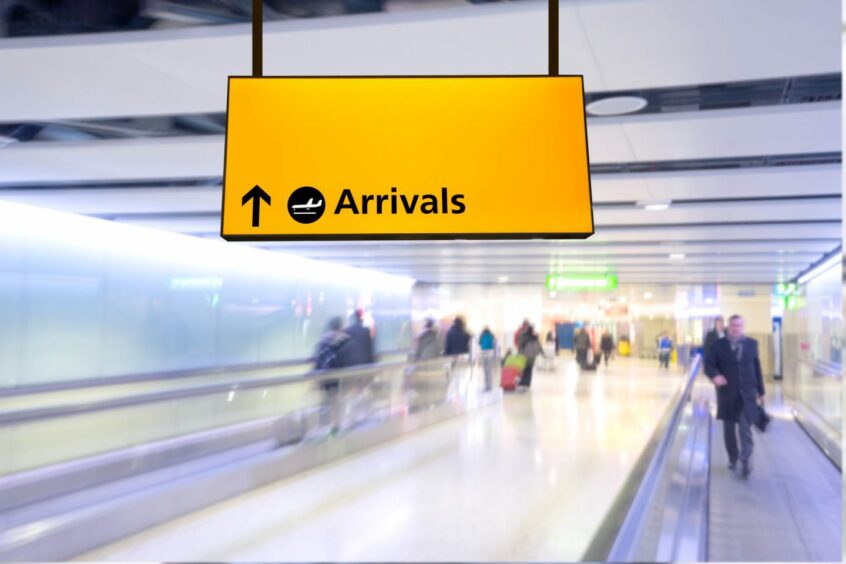
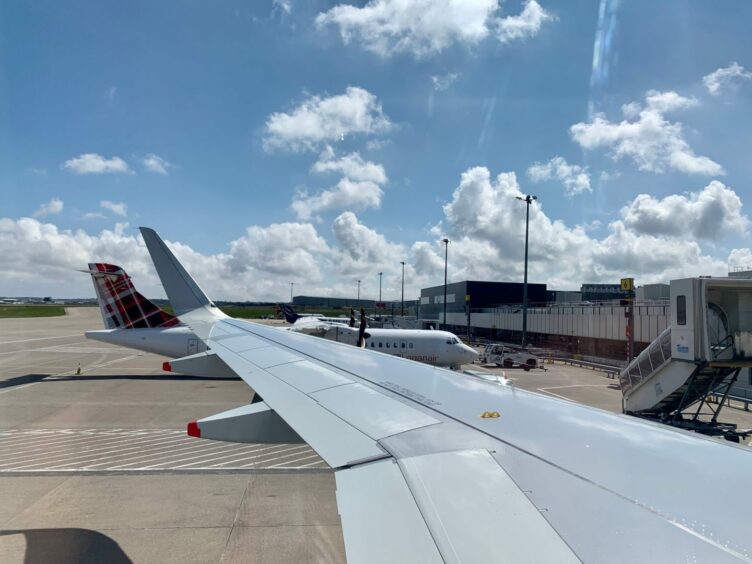
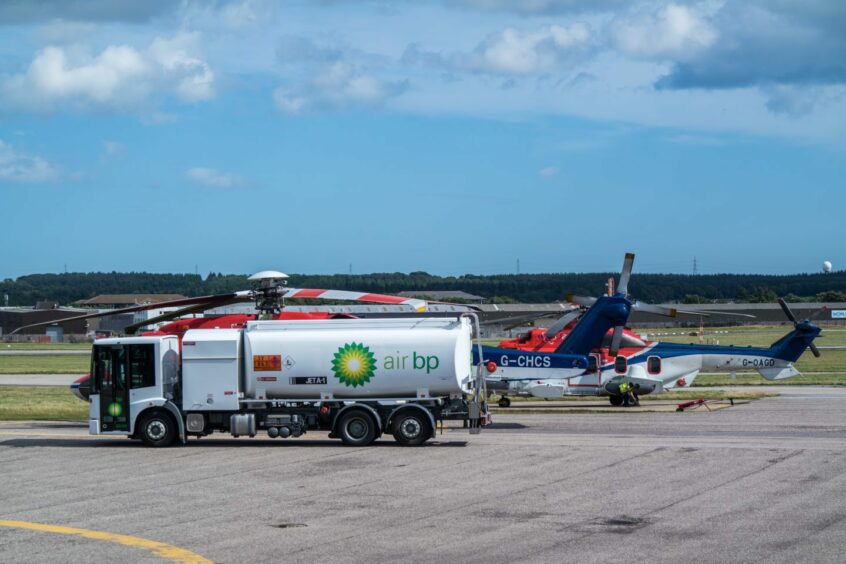
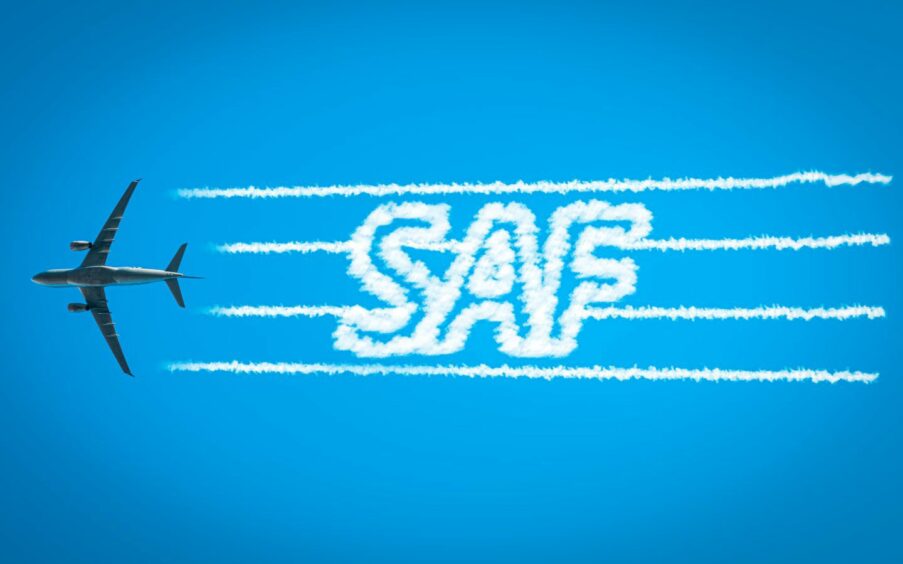

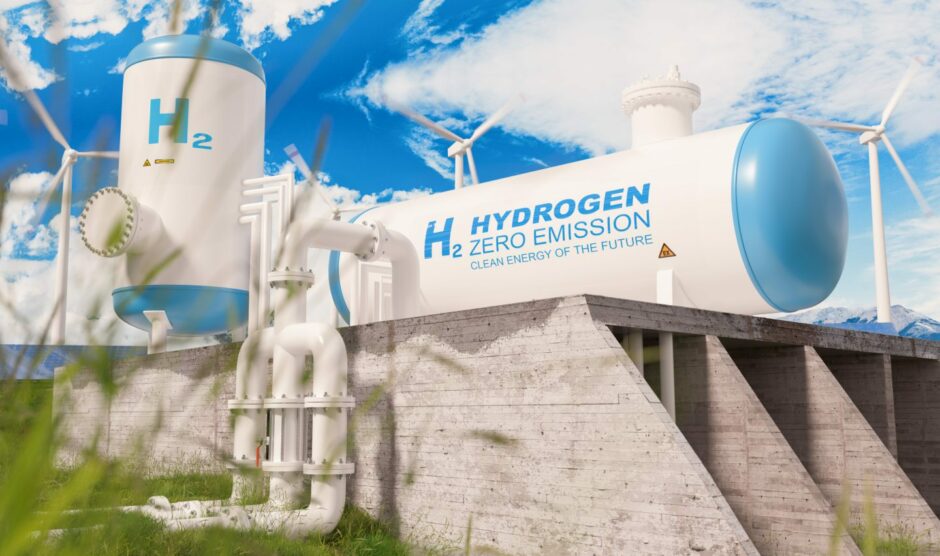
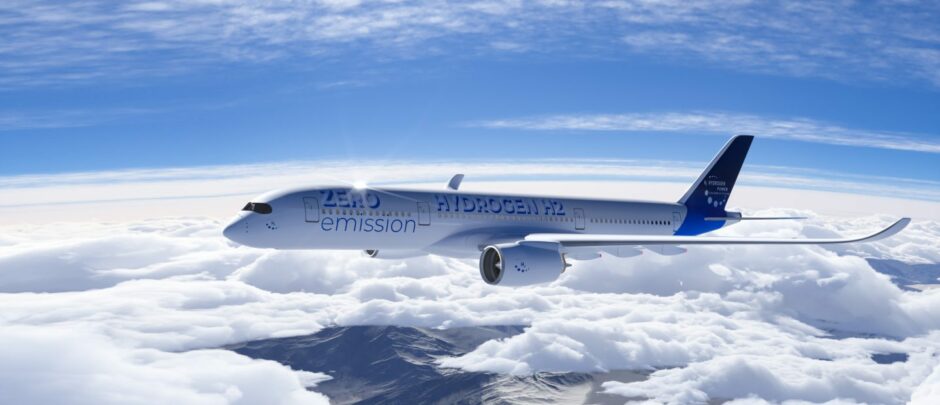

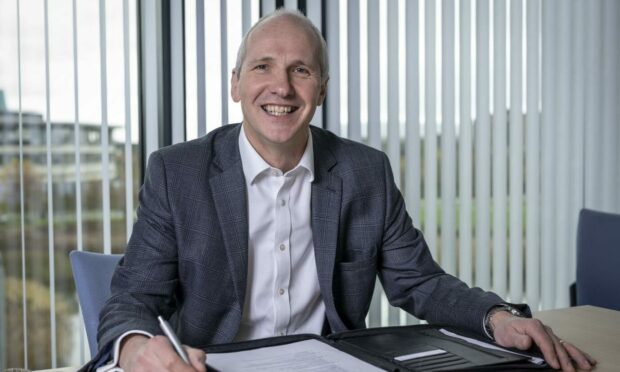


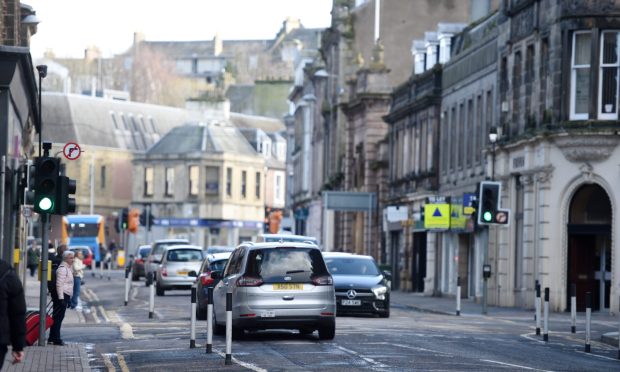





Conversation